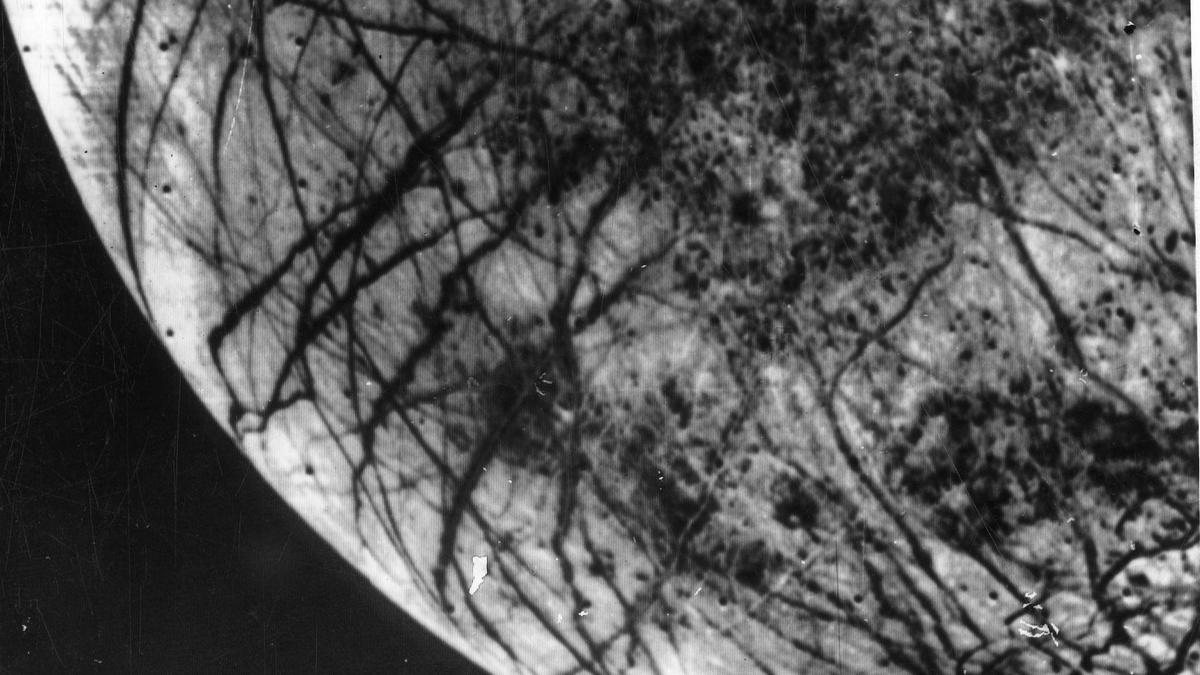
Voyager 2’s closest approach to Jupiter Premium
The Hindu
On July 9, 1979, Voyager 2 made its closest approach to the largest planet in our solar system. Now in interstellar space, Voyager 2 altered some of our ideas about the Jovian system. A.S.Ganesh tells you more about Voyager 2 and its tryst with Jupiter…
The Voyager probes are humanity’s longest running spacecraft as they have been flying since 1977. Both Voyager 2 and Voyager 1 are now in interstellar space, and though their power sources are gradually fading, they are still operational as of now.
It might seem counter-intuitive, but Voyager 2 was the first to be launched on August 20, 1977 – about two weeks before the launch of Voyager 1. Both spacecraft were equipped with an extensive array of instruments to gather data about the outer planets and their systems, in addition to carrying a slow-scan colour TV camera capable of taking images of the planets and their moons.
The design of the Voyagers was based on the Mariners and they were even known as Mariner 11 and Mariner 12 until March 7, 1977. It was NASA administrator James Fletcher who announced that the spacecraft would be renamed Voyager. The Voyagers are powered by three plutonium dioxide radioisotope thermoelectric generators (RTGs) mounted at the end of a boom (a long metal beam extending from the spacecraft and serving as a structure subsystem).
Even though Voyager 1 was launched a little later, it reached Jupiter first in 1979 as it took a trajectory that put it on a faster path. Voyager 2 began transmitting images of Jupiter from April 24, 1979 for time-lapse movies of atmospheric circulation. For the next three-and-a-half months, until August 5 of that year, the probe continued to click images and collect data. A total of 17,000 images of Jupiter and its system were sent back to the Earth.
The spectacular images of the Jovian system included those of its moons Callisto, Europa and Ganymede. While Voyager 2 flew by Callisto and Europa at about half the distance between the Earth and its moon, it made an even closer approach to Ganymede.
The combined cameras of the two Voyager probes, in fact, covered at least four-fifths of the surfaces of Ganymede and Callisto. This enabled the mapping out of these moons to a resolution of about 5 km. Voyager 2’s work, along with observations made before and after, also helped scientists reveal that each of these moons were indeed an ocean world.
On July 9, 1979, the probe made its closest approach to Jupiter. Voyager 2 came within 6,45,000 km from the planet’s surface, less than twice the distance between Earth and its moon. It detected many significant atmospheric changes, including a drift in the Great Red Spot in addition to changes in its shape and colours.





















 Run 3 Space | Play Space Running Game
Run 3 Space | Play Space Running Game Traffic Jam 3D | Online Racing Game
Traffic Jam 3D | Online Racing Game Duck Hunt | Play Old Classic Game
Duck Hunt | Play Old Classic Game











